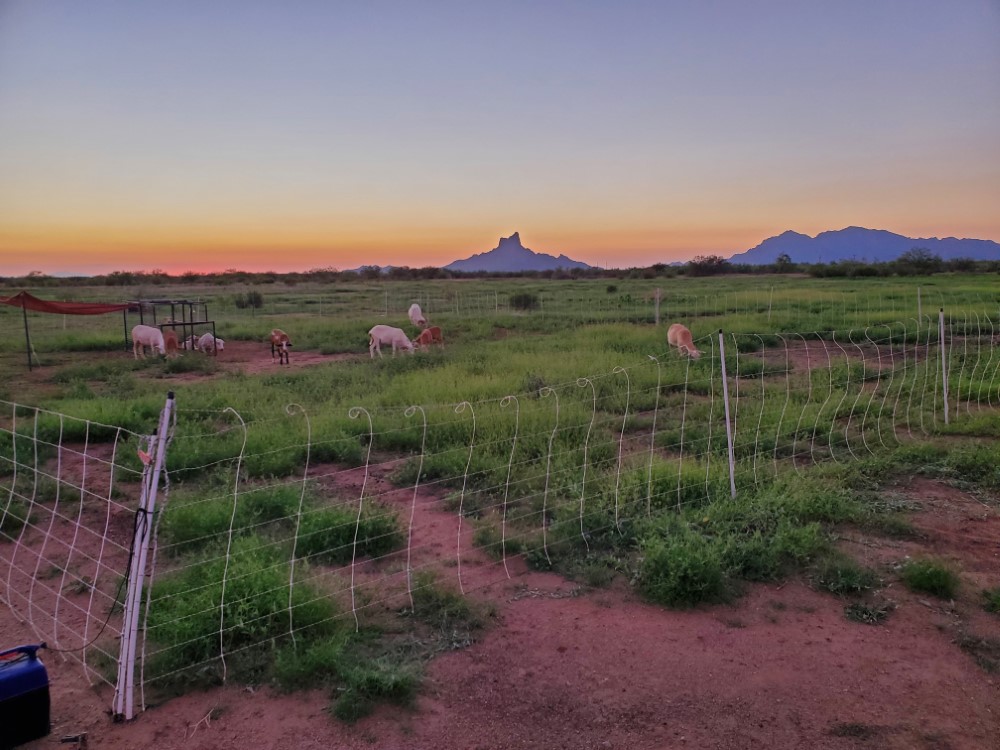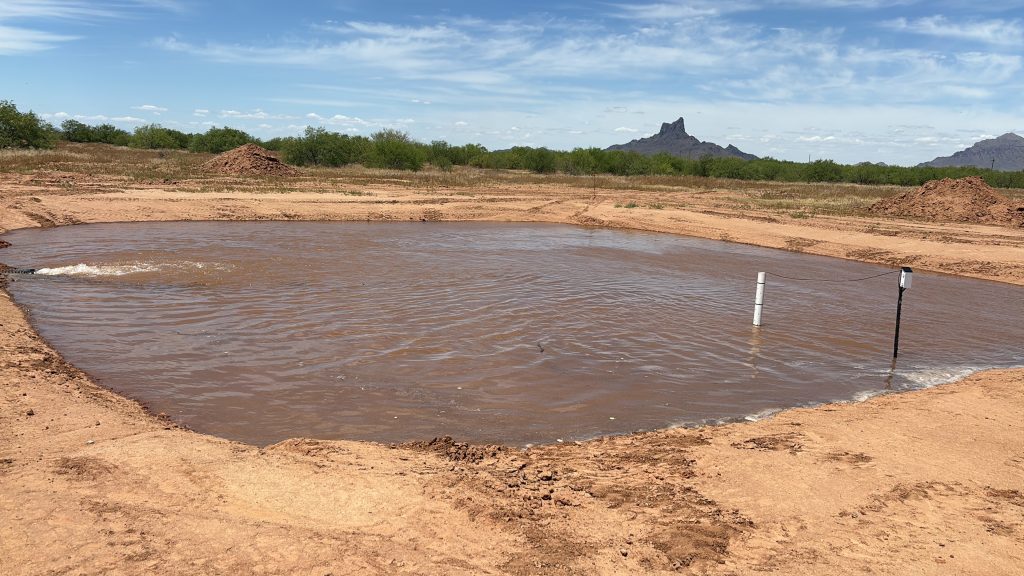Regenerative land management rebuilds and enhances soil, water, biodiversity, and climate resilience by mimicking and amplifying the earth’s natural ability to manage and restore land.
Conventional agricultural and livestock management practices bear great responsibility for degrading land and drastically limiting its capacity to absorb carbon and to filter and absorb water. By restoring soil organic matter and capturing carbon in soil, regenerative agricultural practices substantially increase the land’s ability to absorb and retain water, ultimately reducing flooding and soil loss; mitigating drought; improving air, water, and soil quality; and offering increased yields at lower cost.
Nature-based Solutions (NbS) are central to this approach. NbS leverage nature and the power of healthy ecosystems to protect people, optimize infrastructure, and safeguard a stable and biodiverse future. By integrating NbS, we enhance our regenerative practices, further improving land and water management.
As a Savory Hub, a NbS we specialize in is holistic planned grazing: a practice that positions livestock as a critical land management tool for reversing desertification. Planning grazing holistically involves keen observation of the processes that nature does automatically and continually. Part of this planning and observation process is using a holistic land management plan, which enables the planner to incorporate natural processes to restore and reinvigorate ecosystems.
For example, while consuming vegetation, grazing livestock, like their grazing animal ancestors, fertilize with their manure and till with their hooves. By managing the land with a continuously adjusting plan for grazing and recovery period, the ecology quickly improves. This allows for more plant diversity, creating habitat for a larger community of wildlife, including birds, insects, mammals, reptiles, and soil life. Ultimately, these practices result in land that provides more food for more grazing livestock after each rest period.

Groundwater Recharge Demonstration and Education Project
DAAWN, in partnership with the Central Arizona Irrigation and Drainage District (CAIDD), has been awarded a Water Conservation Grant Fund (WCGF) award from the Arizona Water Infrastructure Finance Authority (WIFA) to undertake an independent study, as well as a demonstration and education project focused on groundwater recharge in Red Rock, AZ. This project aims to evaluate the effectiveness of stormwater management techniques in enhancing groundwater recharge. Specifically, two stormwater retention basins at the WEST Demonstration Site have been equipped with Parjana’s Energy-passive Groundwater Recharge Product (EGRP) at two different depths. These will be compared against one unenhanced retention basin to assess performance. The study will monitor key success metrics, such as the rate of surface water infiltration beyond the risk of evaporation and the impact on water table depth.

